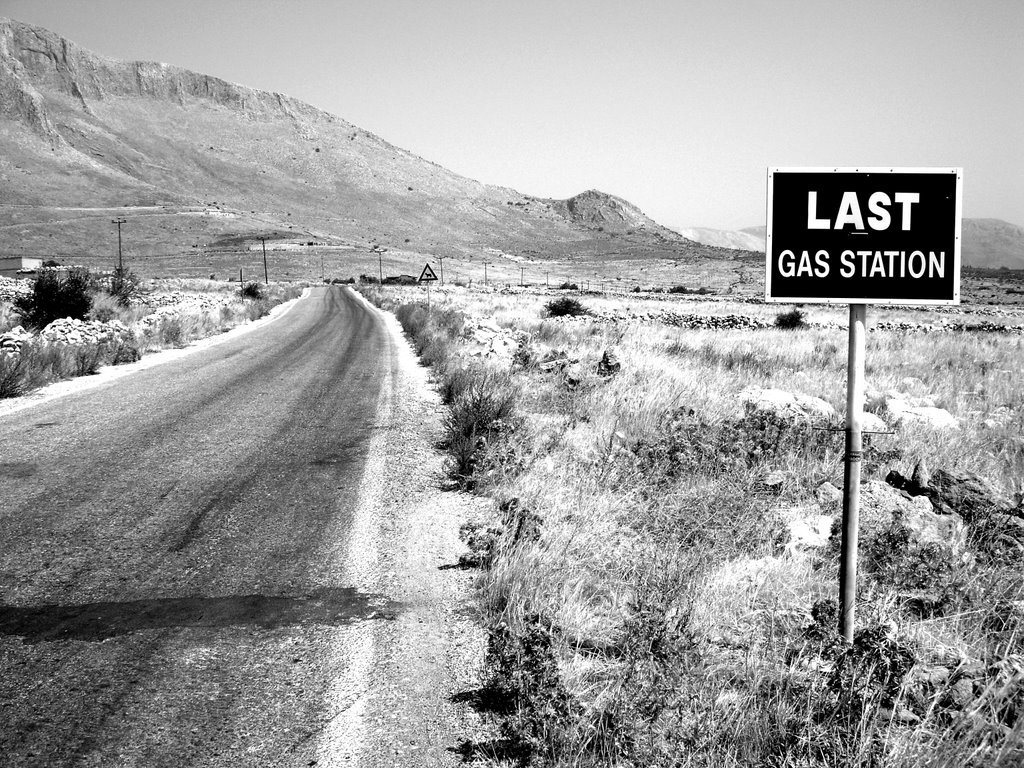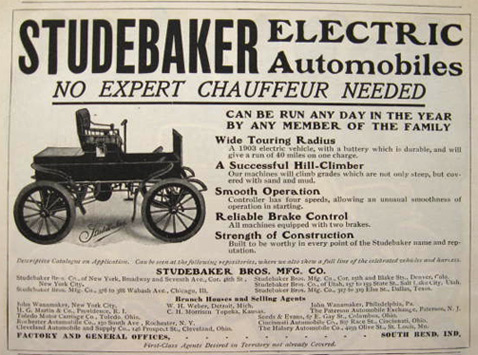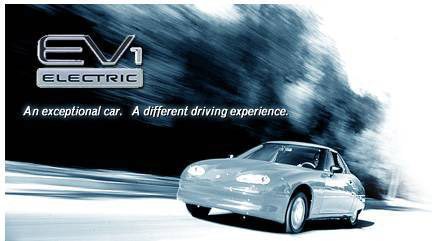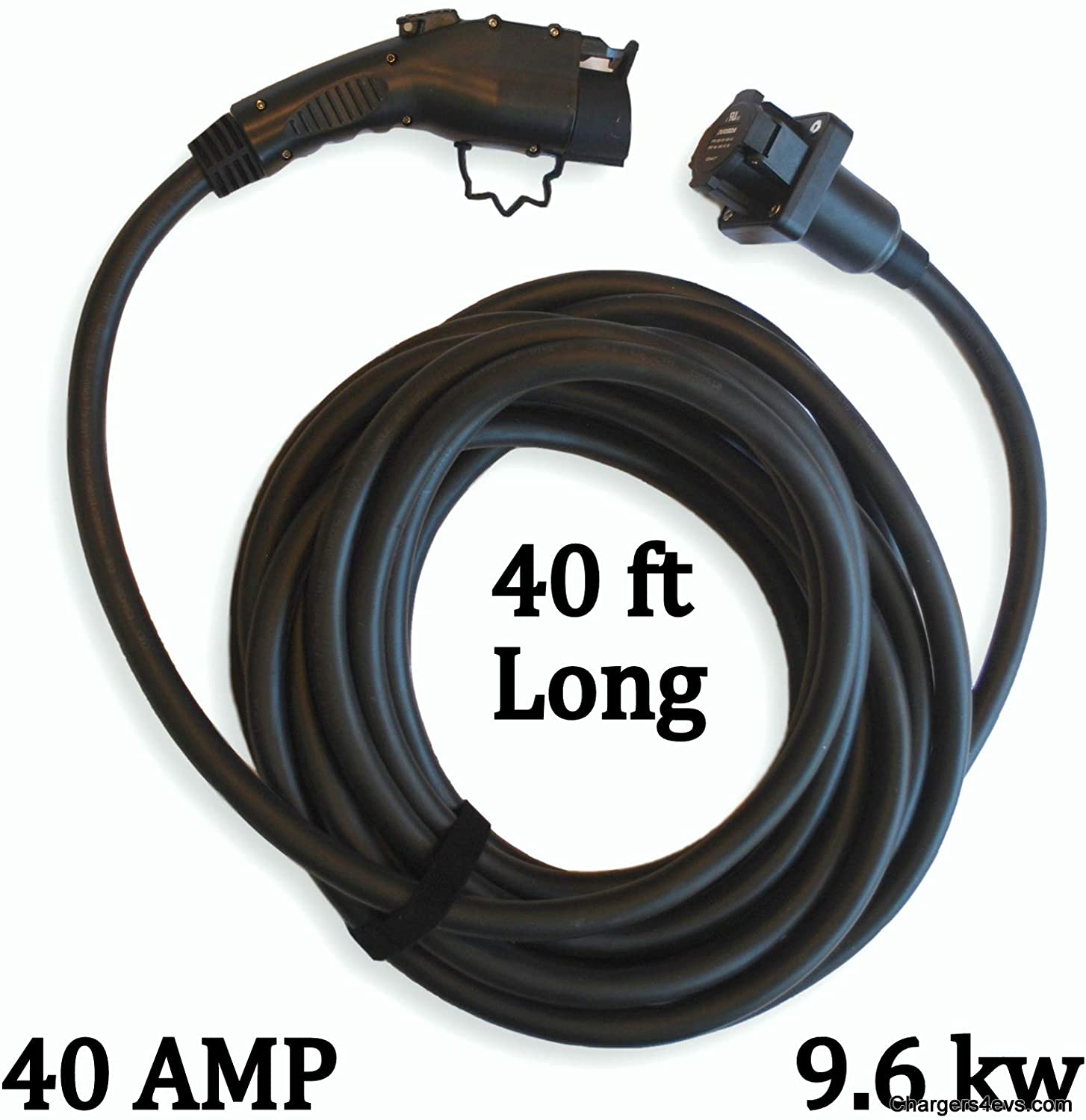Last Update: July 9, 2019

In the beginning gasoline stations were far less prevalent than currently are. The beginning, that is, of automobile history. As gasoline powered cars became more popular, more gasoline stations were built, and today they are ubiquitously spread across the landscape. But we cannot forget that it was not always this way. I guarantee you that Paul Revere did not have to refuel the gas tank in his 1774 Ford Mustang for his midnight ride, because there were no gasoline stations, and he instead rode a real horse.
Getting stranded because the car has run out of power is nothing new. The signs reading "Last Gas for 50 miles" warned drivers against getting stuck without gasoline, and of course some ignored the warnings and got stuck. Others simply miscalculated the remaining gasoline, and got stuck by the side of the road unable to drive. Still others faked running out of gasoline in order to have some precious time with their sweetie.
In other words, being stranded is a fear murmuring in society's subconscious. A fear that's being exploited, and applied to electric cars.
The ZEV Mandate Era
California's ZEV Mandate required car manufacturers to sell Zero Emission Vehicles (electric cars) as a certain percentage of total car sales. The initial goal was to clean up the air. Los Angeles especially had horrid air thanks to the huge number of gasoline and diesel vehicles.

By the late 1990's the first electric cars to satisfy the ZEV Mandate were being sold, or leased, to paying customers. These were the GM EV1, Ford Ranger EV, Honda EV+, Toyota RAV4 EV, etc.
These of course weren't the first electric cars. Electric cars had been quite popular in the early days of the automobile from the 1890's to the early 1900's. Improved gasoline engines, and the electric starter motor, erased the dominance of electric cars. In the intervening years of gasoline dominance we all forgot how to use electricity as a fuel. Instead, we learned to rely on gasoline as the dominant transportation fuel.
Electric car owners during the ZEV mandate time-frame had a real concern about running out of power. The nearly nonexistent public charging network meant careful planning to use those stations to get around. The large size of portable charging units meant they weren't exactly practical to lug along. Even so some intrepid EV owners did make longer trips going from station to station along the way.
For example in 2010 or so I attended a public showing of electric vehicles at St. Mary's College in Moraga CA. The Leaf and the Volt hadn't made it to the market yet, so the vehicles that showed up were EV conversions or else ZEV Mandate Era vehicles. One was a Gen 1 Toyota RAV4 EV driven by a person from Los Gatos, a city 60 miles, and one mountain range, away from Moraga. He said to make the trip required stopping at the a compatible charging station in Fremont.
The same fellow often went to Sacramento for CARB meetings, a distance of 125 miles. That trip would have required stops not only in Fremont, but in Vacaville where there were charging facilities.
Because at that time charging stations were few and far between, taking such a trip was possible only along certain corridors. To travel outside the area containing charging stations, one could carry what was then called an opportunity charger to plug in to available power outlets. We can still do that today as we discuss in Can you drive an electric car away from charging network coverage areas?.

Most of the ZEV Mandate cars were taken back by the car makers at the end of leases, with very few escaping the crushers. The car industry seemingly hoped to extinguish evidence of electric cars, and to return to gasoline.
However, by 2011 electric cars had returned to the market when the Nissan Leaf and Chevy Volt went on sale. In the following years most car makers have joined the bandwagon selling electric cars. Market share growth for electric cars is getting us to an important threshold.
Modern EV's positioned for the big stage
This time electric cars and motorcycles seem poised to take a permanent role in the automotive landscape. The sales rate is much higher, we can actually own the cars, and there are many advantages not only over the previous electric car era but over gasoline powered cars.
December 2010 saw the first sales of Chevy Volt and Nissan Leaf. The Tesla Model S went on sale in July 2012, and Tesla's Supercharger network was launched in late 2013. The BMW i3 went on sale in April-May 2014. Zero Motorcycles started sales well before 2010, with their 2012 model year being widely recognized as a breakthrough and every year Zero makes major improvements in range and performance. Many other vehicles went on sale with varying degrees of success.
One key difference is the method to extend driving range beyond 80 miles.
- Plug-in Hybrids like the Chevy Volt use a gasoline engine for longer range
- DC Fast Charging (BMW i3, Kia Soul EV, Nissan Leaf, Tesla Model S, etc) means a quick recharge
Initially the Volt and Leaf were the primary competition for the leading electric car. The two also represented a duel between two paradigms, gasoline or fast charging, for longer range travel.
Gasoline versus DC Fast Charge
The Chevy Volt put General Motors in the camp of relying on gasoline for long range. Its 35-40 mile electric range is enough to handle typical daily driving, and lots of Volt owners report going months between fillups. It has a gasoline engine making the Volt behave like a traditional hybrid car when needed. Because the on-board charger only supported 3 kiloWatt charging, it wasn't an effective choice for long range trips. Volt owners instead were just as dependent on gasoline for long range driving as any gasoline car owner.
GM's marketing messages repeatedly turned to the range anxiety fear battery electric car owners must have. In 2010, General Motors even went so far as to trademark "Range Anxiety", [GMtrademark] and then quickly thought better of that move and canceled the trademark registration. GM's message was that electric car drivers will become stuck by the side of the road, having run out of electricity. GM's answer was that the only solution is to rely on gasoline to extend driving range.
Nissan took a different approach, relying on DC Fast Charging. Nissan's home turf, Japan, had already experienced the usefulness of DC Fast Charging. CHAdeMO was first installed around Tokyo in 2008, and quickly spread across Japan. The Leaf supports CHAdeMO fast charging, and in areas with plentiful CHAdeMO stations electric car owners do drive freely, sometimes hundreds of miles in a day. [500miles]
Rather than adopt CHAdeMO as the standard for DC Fast Charging, the SAE J1772 committee developed a different standard. The Combo Charging System wasn't finalized until October 2012, and the first cars to support CCS didn't go on sale until early 2014. This meant CHAdeMO had a 3-4 year head start on CCS, and that at the current time CHAdeMO stations are more prevalent than CCS. See EV DC Fast Charging standards – CHAdeMO, CCS, SAE Combo, Tesla Supercharger, etc
DC Fast Charging is the alternative to gasoline for long-distance driving. Where a regular "level 2" charging station gives 20-25 miles range per hour of charging, DC fast charging stations give 150 miles of range, 300 miles of range, or much more, per hour of charging. With Tesla's Supercharger network, at 120 kiloWatt charging rate, offering 300 miles of range per hour means an 55-60 miles/hr effective trip speed. Indications are that the automakers are working on more powerful charging systems offering even more miles range per hour of charging. In other words, with sufficient DC fast charging stations we could be driving anywhere we like, on electric.
The multi-dimensional long range driving problem
There are multiple arguments going on at the same time concerning the fuel, and fueling system, that will be prevalent in the future.
One dimension is "Gasoline or DC Fast Charge for long range", that we just discussed. All plug-in hybrid cars, like the Chevy Volt, the Ford Energi models, and others, embody the idea of a reliance on gasoline for long-distance travel. The battery electric cars with no fast charging capability embody the idea of driving electric on short range trips, and to drive a different car (gasoline powered presumably) on long range trips. The battery electric cars with fast charging capability embodies the the option to drive electric on any trip, the only limit being the fast charging infrastructure.
Another dimension is the hydrogen fuel cell cars. Theoretically this will offer range and refueling time similar to gasoline cars. However, fuel cell vehicles are way way way behind electric cars in development and deployment. Hydrogen stations are unreliable and incredibly expensive to deploy. Fuel cell car production is still in miniscule numbers, and carry a large price premium. Because of the previous points, hydrogen stations are few and far between, and these vehicles cannot be recharged from anything but a hydrogen station. It may be that by the time fuel cell vehicles are ready electric cars will be so heavily entrenched that people will yawn and say "so what".
Battery swapping was another method for long range electric driving, but this idea fizzled when Better Place went bankrupt in late 2012. Battery swapping only made sense if battery packs remained expensive. Battery prices are instead falling rapidly, the proof being that GM is now selling a $37,500 MSRP electric car with 200+ mile electric driving range, and several other automakers plan to do the same shortly. See Wouldn't battery swapping be preferable over waiting to recharge?
The last dimension to this argument is fast charging protocols. While CHAdeMO was the first, there is also the Tesla Supercharger system, and the Combo Charging System. Each has one or more manufacturers behind it. The three (four including yet another system being developed in China) are battling for attention. See EV DC Fast Charging standards – CHAdeMO, CCS, SAE Combo, Tesla Supercharger, etc
The best developed DC Fast Charging system is Tesla's Supercharger system. With it Model S owners can drive coast-to-coast on electricity nearly as quickly as gasoline car owners. Tesla Supercharger deployment covers North America, large portions of Europe, parts of China and parts of Australia. The existence of the Supercharger network is a clear demonstration that, given sufficient fast charging stations and sufficiently long range, an electric car can easily make continent-spanning road trips.
Affordable 200+ mile range EV's the cure to range anxiety?
Gasoline car owners can drive a significant distance and then refuel quickly. It stands to reason the closer electric cars replicate this, the better they'll do at implementing Road Trips.
The key for road tripping in either gasoline or electric cars is not the driving range itself, but refueling station availability and refueling speed.
Several studies suggest people believe 150 miles range will be enough to satisfy their range worry. Indeed, certain intrepid electric vehicle owners have demonstrated 150-200 miles range and sub-1-hour charging time is enough to drive any desired distance.
For example, Terry Hershner has made several long range trips on an electric motorcycle he's modified to have 150+ miles range and a sub-1-hour recharge time. In one such trip, he rode 1000 miles within 24 hours earning him the title Iron Butt. Terry made several cross-country, and on one occasion he rode from Florida to Seattle in order to join a contest which aimed to ride/drive from the British Columbia border to the Baja California border.
What Terry Hershner proved is that a 150 miles range and a sub-1-hour recharge time is enough to (fairly) easily take really long electric trips.
By 2017-2018, the car makers are promising affordable electric cars with 200 miles range or more. This will address the range anxiety problem. But longer range won't, by itself, enable road trips unless the charging station companies build enough fast charging stations. It's the combination of long range and fast recharge that enables the sort of electric driving freedom enjoyed by Tesla Model S owners.




